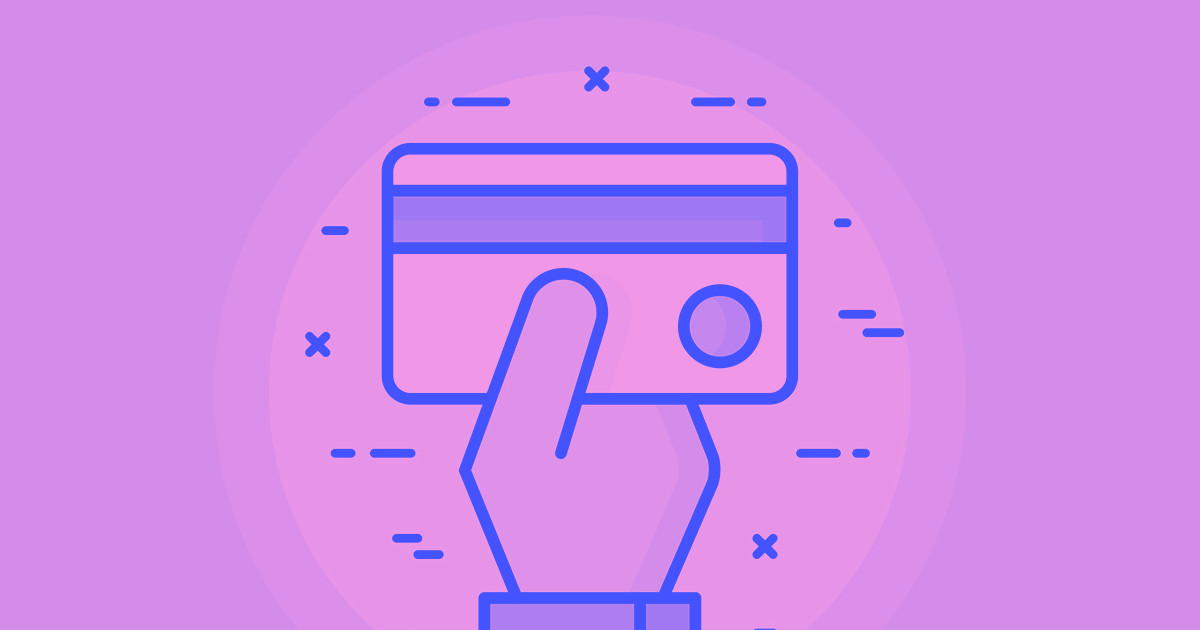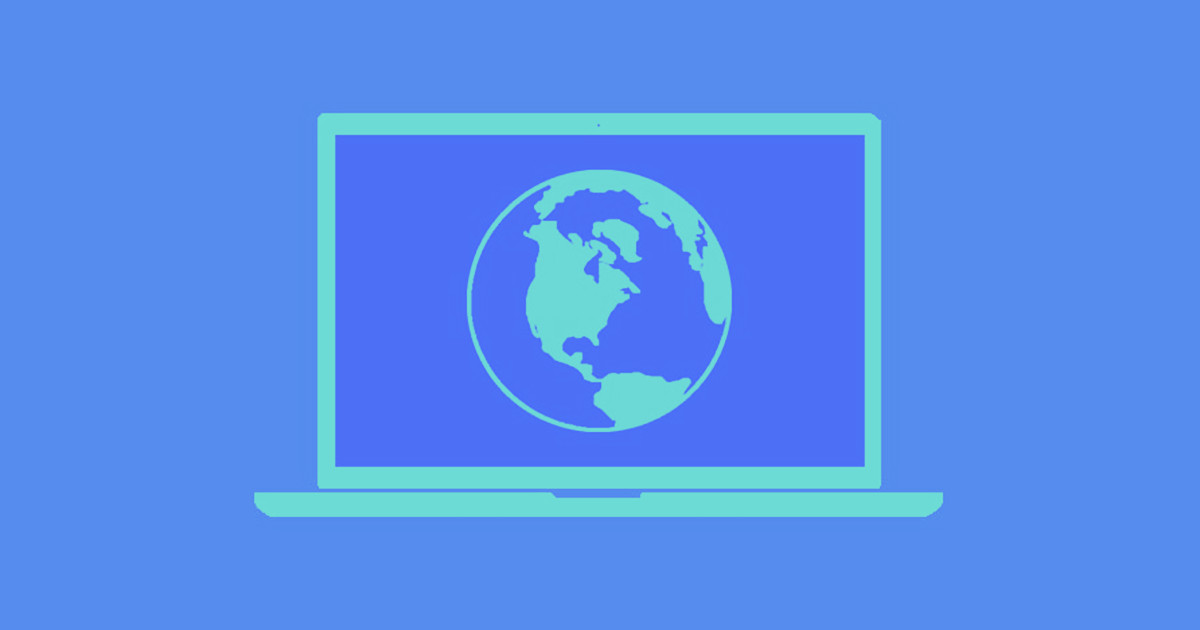In today's digital-first world, aspiring web designers have unprecedented opportunities to build rewarding freelance careers.
The demand for web design services continues to grow exponentially. According to a 2023 Zippia study, 27% of small businesses don't have a website, representing thousands of potential clients waiting for your expertise. Even as more businesses come online, the need for professional design services remains strong as companies seek to stand out in an increasingly crowded digital landscape.
For beginners, freelance web design offers remarkable benefits: flexible schedules, location independence, diverse projects, and unlimited earning potential. You'll develop valuable skills while helping businesses establish their digital presence, creating visually appealing websites that convert visitors into customers.
If you're considering a career in web design, freelancing provides an accessible entry point with minimal startup costs. This guide will walk you through everything you need to know about freelancing for web design, giving you the confidence and knowledge to launch your independent career.
What is a freelance web designer?
A freelance web designer is an independent professional who creates websites for multiple clients without being tied to a single employer. Let's break this down further.
Web design is the creation of websites and pages that reflect a brand or company's identity and provide a platform to inform the viewer of their products and services. It involves blending aesthetics and functionality to create a website that's both useful and visually appealing.
Freelancers typically do not work for a single employer and are free to take on short-term contractual projects. Freelancers choose their work and often set their own rates.
Why should you freelance as a web designer?
Over 70 million people took on freelance work in 2022. Though that figure was reported a few years ago, the overall freelance trend remains strong in 2025. This number is expected to go up another 20 million by 2028.
But why are so many people choosing freelance work? Isn't it risky when you don't know where your next paycheck comes from? Sometimes, sure. But we'll let you decide if the benefits outweigh the risks. Here are three reasons why freelance work is attractive:Freelancing can also fit your personal goals, whether that's shaping your schedule around family life or dedicating time to passion projects.
It allows flexibility and freedom
Freelancers often negotiate deadlines with their clients. Freelancers often plan a schedule around personal commitments, ensuring there's time for family, hobbies, or other obligations.Once you begin a project, you're responsible for getting the job done and turning in your deliverables on time. Because of this, freelancers have the freedom to choose their hours and workplace. You could travel to new locations and work in new timezones all while managing a few projects. The world is your office if you've a laptop and a reliable internet connection.
It lets you be your own boss
You'll enjoy the freelance life if you can stay disciplined and honor your deadlines. Freelancers aren't company employees, so you won't have to attend countless meetings, report to managers, or worry about performance reviews. That said, you still have to meet your clients' expectations. Keep in mind that being your own boss makes you solely accountable for wins and losses.
It allows you to scale up to earn more
With the pace of technological advancements and the popularity of freelancing platforms like Fiverr and Upwork, your earning potential and client opportunities are always growing. Freelancers can find clients worldwide to earn in currencies with higher exchange rates, too.
As a freelancer, you aren't confined to a single project or skill. A Fiverr study revealed that 70% of freelancers juggle 2-4 projects simultaneously and 61% offer 2-3 skills as part of their pitch. For example, a web developer skilled in Photoshop can offer clients both website development and the corresponding graphic design work. Creating graphics for the site you're building streamlines the process and means companies sign fewer invoices.
Where can you find projects as a web designer?
Below are some top freelance platforms where you can find web design projects, each with its own pros and cons:
- Upwork: Large client base but often high competition that requires frequent bidding.
- Dribbble: Design-focused community, though it can be challenging to stand out without a Pro membership.
- Behance: Visually oriented platform perfect for showcasing portfolios, but it can be tough to rank among an abundance of talented designers.
- We Work Remotely: Specializes in remote opportunities, giving you access to a global talent pool. However, some roles may demand niche expertise.
How much do freelance web designers make?
According to the US Bureau of Labor Statistics (BLS), the average annual web designer salary in the US based on 2024 data is approximately $98,090. Web designing remains a highly in-demand profession, with jobs in the industry now projected to grow 8% by 2033, much faster than the average for all occupations. As of 2025, demand for freelance web design continues to accelerate, particularly as more businesses prioritize their digital presence in an increasingly online marketplace.
Freelance earnings depend on your experience, the industries you cater to, and the complexity of your clients' designs. Pay can also be influenced by charging hourly versus project-based fees for web design services.
Hourly rates ensure you're getting paid for the work you're doing. If you go over your quoted hours, you're compensated for that time. But you're also constrained to billing by the hour, so completing projects faster means earning less.
More experienced freelancers opt for project-based rates, which typically earn more per hour. If a $500 project takes you five hours, you're looking at $100 an hour. That's a rate clients may not be willing to pay when pitched as by-the-hour work — especially if you're less experienced. However, if a project is harder than expected, your extra hours might significantly decrease your pay rate.
Keep in mind that freelance work may not be consistent, so the number of projects you're working on can fluctuate, changing your income with it.



















Ultimate web design
From 101 to advanced, learn how to build sites in Webflow with over 100 lessons — including the basics of HTML and CSS.
How can you become a freelance web designer?
If you're ready to take on projects you're passionate about, here are five things to do before you start your freelance career.
1. Build your design expertise
While some industries require degrees, freelance web designers are often hired based on their knowledge, portfolio, and expertise rather than their educational background.
If you want to get into freelance web design, you'll need the skills for it. While you don't necessarily need to become an expert in HTML, CSS, and JavaScript, it's helpful to be familiar with them to understand the basics of back end development. This guide is a good starting point. Try designing mock sites for recognizable businesses — it's a risk-free way to hone your talent and gain confidence.
For design skills, become familiar with color theory, graphic design, design principles, and web typography. Figma is an incredible tool for everyone from beginner to advanced designers — you can even move Figma designs into Webflow to create your website.
To build your experience, work with clients from multiple industries. This will also boost your exposure to new jobs and demonstrate your versatility.
2. Research the field
Once you've built up your skills, scan the market. A few vital things to consider are costs, rates, resources, and clients. Check out what other freelancers with similar skills and experience charge for their work before you set your rates.
What does it cost you to cater to a client? Do you need to buy specialized software? How much time will the project take? Do you have the resources to deliver quality work on time?
Factoring in these additional costs will inform your prices. Your skills and experience also allow you to adjust hourly or project-based rates as your business grows. Depending on the size of the project, you might even be able to negotiate lucrative contracts with big companies.
Exploring competitors' portfolios can reveal industry trends and set benchmarks for your own rate-setting and design style.
3. Create a portfolio website
Once you've set your pricing, it's time to design an online portfolio. As a freelance web designer, this is the most important way to market yourself. You're asking clients to pay you to design their websites, so yours has to be top-notch.
Our 21 day design portfolio course is a free resource that'll take you through the full build in just 3 weeks.For instance, imagine designing an e-commerce site for a local shop that needs a modern look and user-friendly checkout process; showing a tangible redesign can foster trust with future clients.
4. Promote your work
Promote yourself on various platforms, especially social media, to attract your first clients. Don't overlook email marketing or local meetups as additional ways to share your portfolio and connect with potential clients. Making a solid first impression is important, so having previous projects in your portfolio is a must. Clients won't want to buy your work if they don't know what to expect.
Create an account and showcase individual web design projects on sites like Webflow, Behance, and Dribbble. We recommend adding tags and attractive cover images to all your projects. Tags help potential clients find your work in an oversaturated marketplace, and cover images are what clients see first while scrolling— so make sure yours stand out. Study other designers' work to see where you can contribute something new.
5. Tap into connections closer to home
Offer your skills to local businesses, from neighborhood coffee shops to small retail stores, and gather valuable testimonials to refine your proposals.
Consider doing freelance design jobs for charitable organizations near you or taking on projects for friends and family at discounted rates before setting up accounts on freelancing sites. These projects will build up your portfolio and showcase your experience.
Set up social media profiles on Instagram and LinkedIn where you can share screenshots of your designs. These sites are powerful marketing tools for freelancers — they contribute to your personal brand. Make your brand profiles cohesive and recognizable by using the same logo, color scheme, and fonts. If you've the budget, try buying ads to push your portfolio and increase your reach. The more people who see you and your work, the higher your chances of landing new clients.
By applying these steps, you're not only perfecting your craft but also building trust among potential clients. Clarity on your skills and focus areas directly impacts your ability to stand out in a crowded market.
Kickstart your freelancing career
If you're ready to dive into freelance web designing, check out our large collection of free lessons and courses in Webflow University. Learn from courses like the Ultimate Web Design course or create your own learning path.
Consistently refresh your portfolio with recent projects to highlight your evolving style and expertise.
If you're looking for a platform to design captivating websites for your clients, explore how Webflow can empower your freelance journey.

Grow your freelance business
Take on more clients and build websites faster. Webflow empowers freelancers to design and deliver with confidence, while keeping full creative control.








.jpeg)

.jpeg)




















